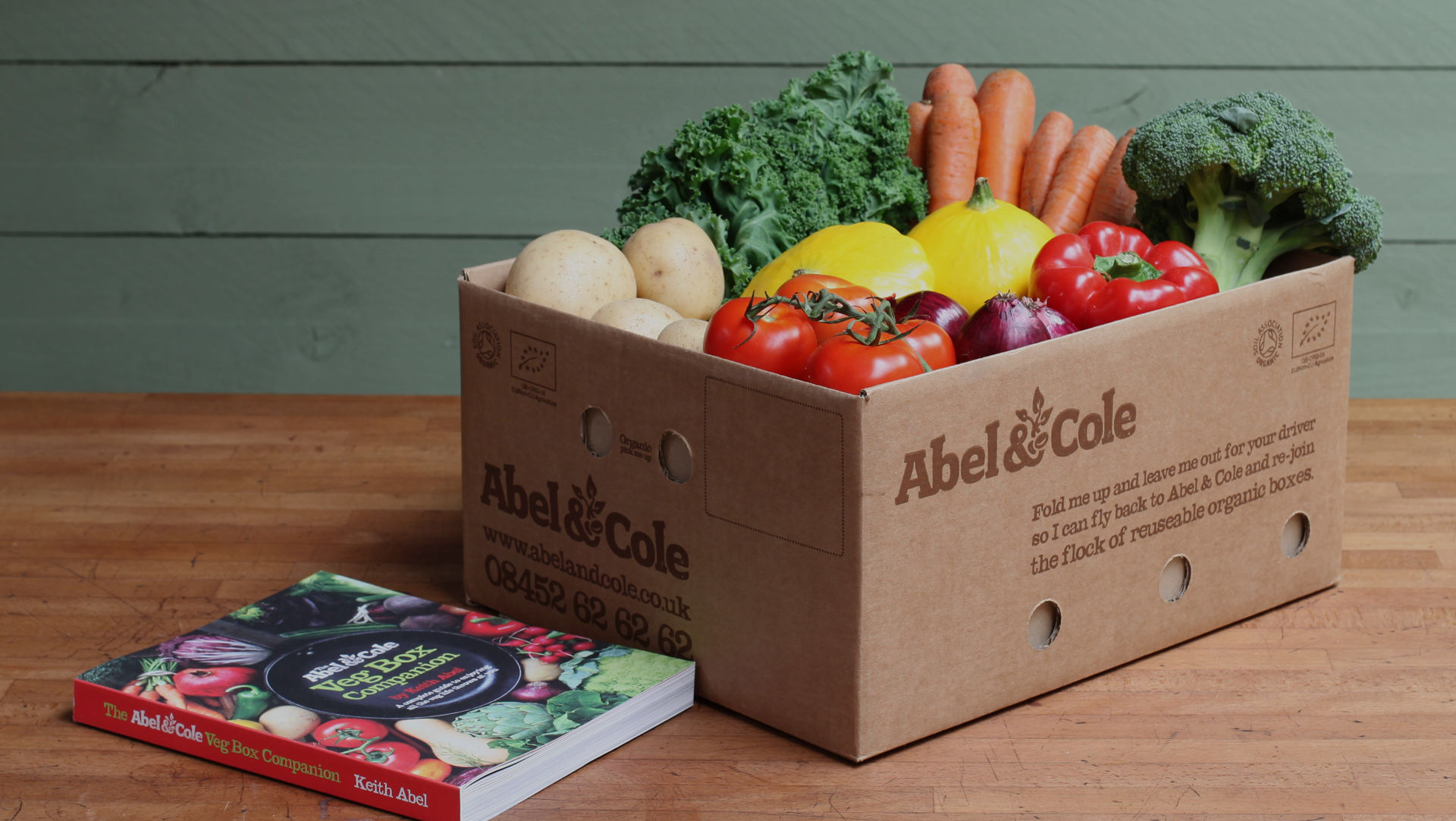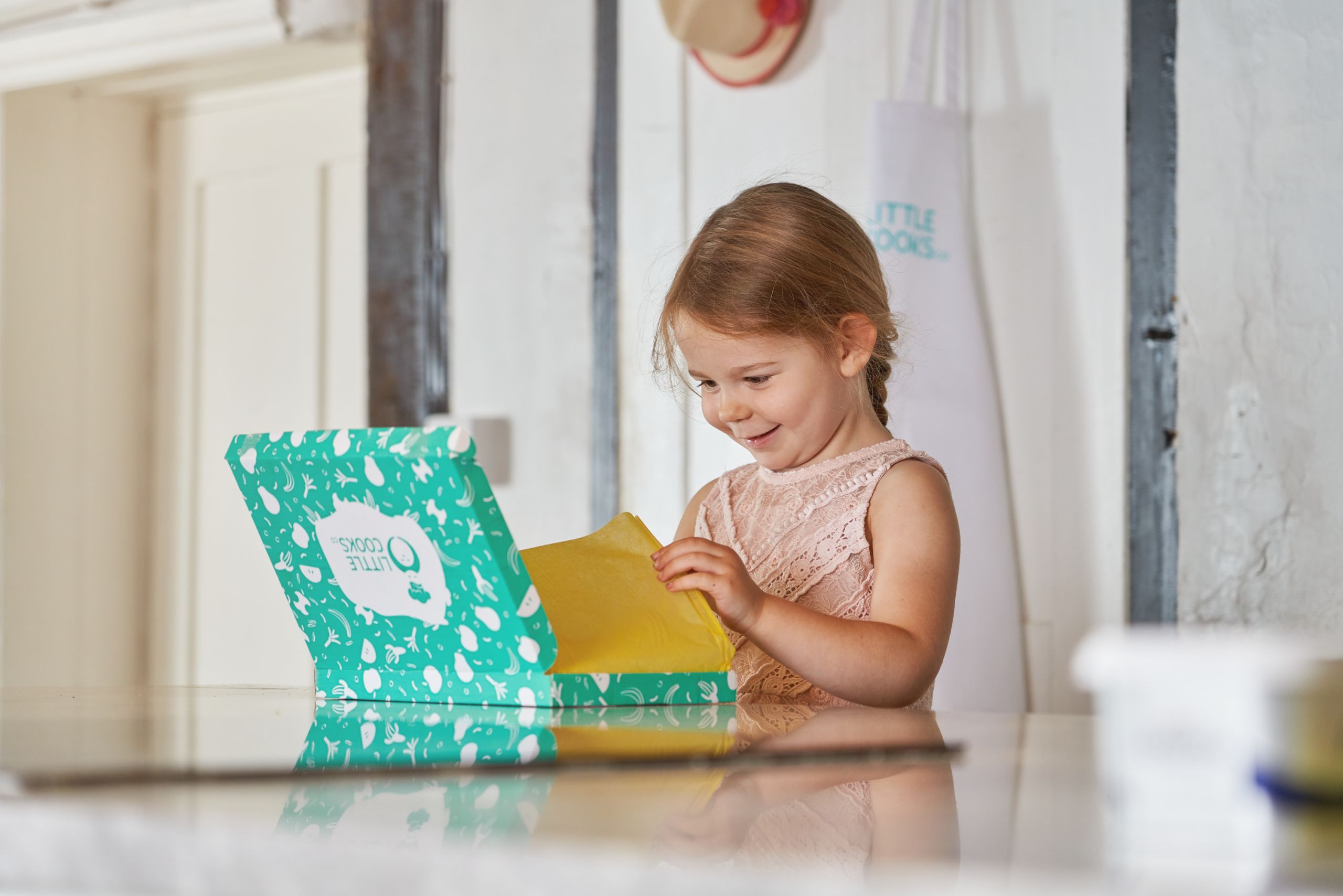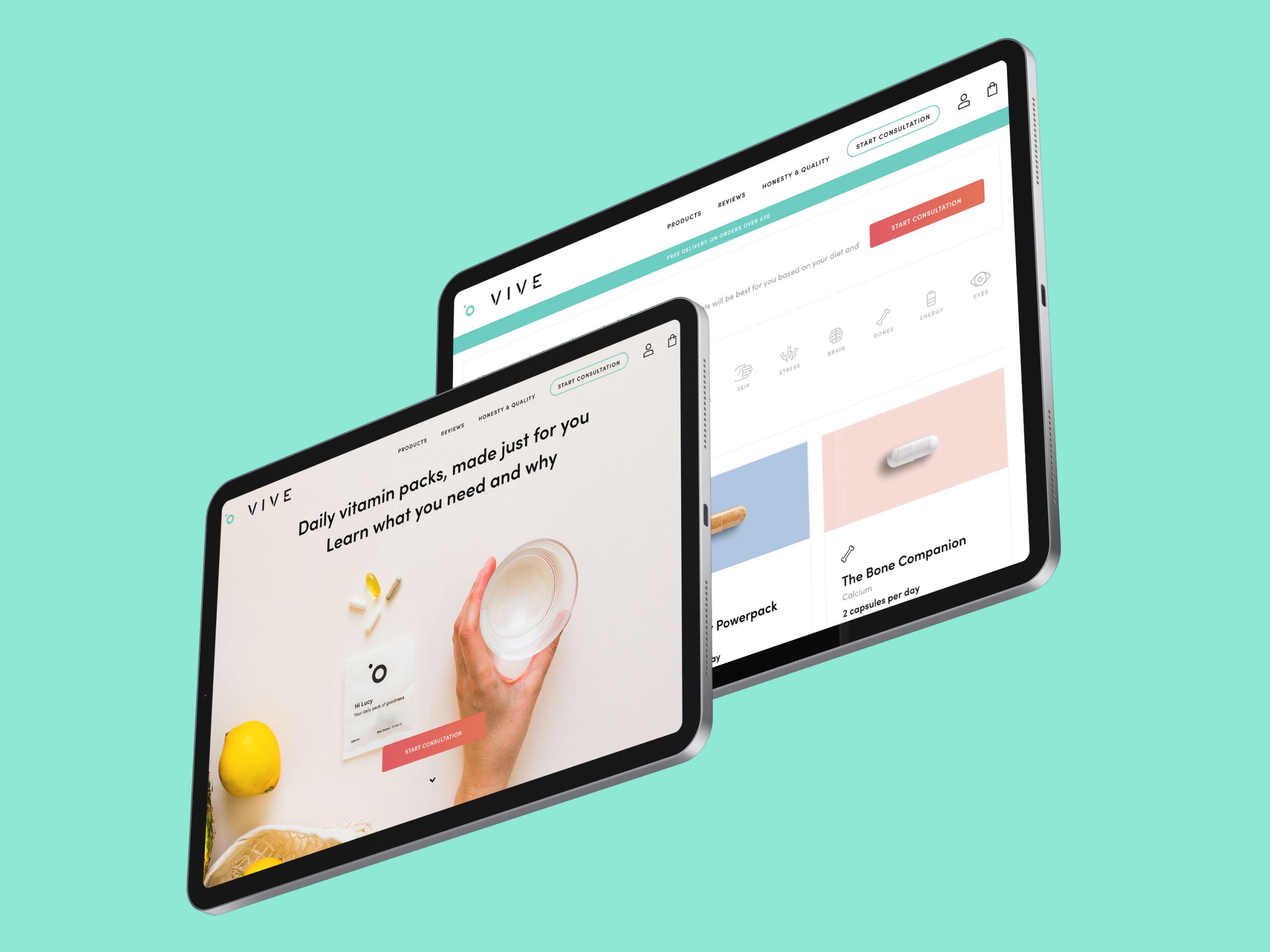Could Direct to Consumer Websites be the way Forward?
There is no doubt that direct-to-consumer (DTC) website subscription services have been growing rapidly over the last few years – and consumers seem to be loving them! In this current climate brands are being forced to reassess consumer access to goods. Will we see more moving to subscription services and shifting from bricks and mortar retail to online retail? How can food brands take a bigger slice fo the direct-to-consumer subscription pie?
Brands from Dollar Shave Club to Birchbox, and Who Gives a Crap to Smol, are capturing the attention of those who are looking for a “woke” alternative to overpackaged, overpriced, over-gimmicked, over-shipped goods – or simply want an easier, more reliable way to get hold of things on a regular basis – without having to think about it when they do their grocery shop online, or visit the supermarket.

In essence, fast-moving consumer goods could be facing a revolution in the way they are sold. A revolution that could be accelerated by current events. Who Gives a Crap saw a sales uplift of 1000% amid panic-buying of that most panic-bought item – loo roll – and promptly sold out in Australia, the US and UK. Only time will tell if this method of buying becomes a more ingrained customer behaviour, or is simply a reaction to these uncertain times.
Novel Coronavirus aside, there is one key section of the direct to consumer market which is not making the same waves – but surely is facing a big opportunity, especially now: food brands.
There are some exceptions. Recipe subscription boxes’, and even in a crowded market, new, disruptive players such as Pasta Evangelists are breaking through. Our client, Little Cooks Co., has received widespread acclaim for their healthy children’s cooking kits, and it could be argued that FMCG DTC subscriptions started on a large scale with another of our clients and their veg box deliveries, Abel and Cole.

But as of October 2019, fewer than 1% of food brands were selling directly to consumers.
Why is this, when the benefits to customers, brands and possibly (and most importantly) the planet could be huge?
According to Benjamin McKean of Hungryroot, the problem is fourfold:
- Most brands lack the product breadth to succeed DTC. Customers want to purchase multiple items at one store, whether that’s off or online – making DTC less convenient when it comes to food
- The cost of shipping just a couple of items is expensive to many food brands, especially those which are perishable or frozen. However, as these costs are fixed, DTC margins can become more attractive the more a customer orders
- Most food brands don’t have the required expertise to create compelling, seamless digital experiences, with personalization and curation at their heart, alongside practical tips for using the products on offer (enter digital expert )
- Grocers may view brands going DTC as competitive unless new, different products are created
So what can food brands – both big and small – do to gain a bigger slice of the pie, whilst at the same time looking after the consumer, and the planet?
According to Kantar Worldwide, global FMCG online sales grew seven times faster than total FMCG sales in the year ending June 2019. So the appetite (excuse the pun) and the audience are there – but how to reach them?
1. Establish a clear value proposition
What is the customer gaining by signing up? If we’ve established the opportunity for food brands is less about convenience, then what added value can brands give to their product that will benefit or excite the consumer?
2. Think about how the product is used
If you’re a spice seller, could you build your offering around different exciting recipes to try each month? If you produce wine, how about a specially designed menu to cook at home alongside a monthly flight delivery? Or if you are a children’s snack seller, could you offer a box of different activities to try each month alongside your product?
3. Exploit USP’s and niche interests
Discovery-based subscription boxes offer unrivalled convenience for the curious who have a passion for a certain type of food, who may not have the time or inclination to research different options in physical shops. A good case in point is Paxton and Whitfield’s Cheese Club.
4. Create a frictionless experience
Whether the customer is committing to a service via a website or app, the user experience has to be super smooth, so that the process is as easy as possible with no barriers to sign-up, and the all-important convenience is dialled up.
5. Build meaningful relationships with customers
Data collected from purchases can be used to build a relationship of trust with the consumer, based on insight. Know what they want and provide it, adapt with their changing preferences, brands will stand themselves in good stead for a long-lasting relationship. This goes hand-in-hand with the need to….
6. Create a personalised experience
The opportunity to focus on the customer as an individual is, it could be argued, much more prevalent online – with algorithms and data capable of doing the hard work much quicker and more efficiently than store assistants. Insights can be garnered through data in a way that’s simply not possible in store or via most e-Commerce sites alone. Our client Vive Wellness sells vitamin packs totally focussed on the needs of their customers, with the requirements established via a simple front-end consultation form – but lots of magic in the website’s back end.
7. Be better for the planet
Use less energy and less packaging – for the sake of your overheads, and for the sake of Mother Earth. Turn these into value propositions. Abel & Cole’s delivery vans use algorithms to deliver at times they know they won’t be sitting idle in traffic, wasting fuel and polluting unnecessarily. One of Smol’s main brand messages is their lower packaging amounts than big brand washing tabs.

Once the opportunity has been found, the message has to be put out there. DTC offerings can’t rely on in-store end of aisle displays or heavy discounts. Indeed, some of these tactics have been proven to not have any lasting, impactful ROI.
So, the marketing has to go digital too! FMCG brands reportedly spent an average of $79bn on digital marketing in 2018. And it’s not just the challenger, arguably more authentic brands who are prioritising here – it accounted for 70% of Kellogg’s marketing budget last year.
On a basic level, instructional videos are a good place to start – it’s a tactic we regularly deploy for our food clients such as Bonsan and Amisa. A recipe, or how-to video adds value to the consumer in an easy-to-digest format. Joe Wicks is well on his way to building an empire which started on Instagram with his easy-to-follow workouts and recipes, now being offered free to support families in isolation.
Digital marketing needs to focus on creating a more human, conversational relationship with consumers. Cut-through with emotive, impactful action; after all, food is tied up with emotion for a lot of people. Small, challenger brands can compete with the big guns if they are clever with their marketing – and their product is aligned with consumer desire; whether that is for more ethical, healthy, unique or functional brands, or brands that allow a certain level of virtue signalling.
In these uncertain times, it seems likely that a lot of food brands, especially those who are smaller, will, either in time or fairly swiftly, diversify their offering in response to consumer needs and desires for home delivery. Through uncertainty and change there’s a real opportunity to adapt and thrive and the DTC market could be the significant shake-up.
Curious about digital subscriptions for your brand?
Never fear, the peaches are here! Drop us a line.